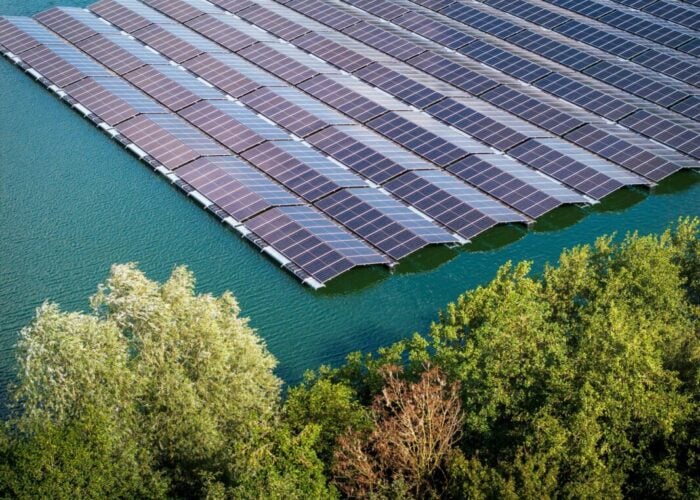A key attraction of organic and dye-sensitized photovoltaics (OPV and DSC) is the flexibility and transparency of the technology; however, a new report from NanoMarkets sees the need for more flexibility should these technologies survive and prosper in niche markets. According to the market research firm, these technologies may offer low-cost, high-volume roll-to-roll production but the markets they could serve are little more than low-volume niche sectors.
OPV/DSC’s situation mirrors similar problems in the printed electronics arena, where printing the entire world’s need for RF tags in a couple of days or weeks of 24/7 production may produce the lowest cost product but the factory would remain idle for the rest of the year because of the limited market for such technology.
Try Premium for just $1
- Full premium access for the first month at only $1
- Converts to an annual rate after 30 days unless cancelled
- Cancel anytime during the trial period
Premium Benefits
- Expert industry analysis and interviews
- Digital access to PV Tech Power journal
- Exclusive event discounts
Or get the full Premium subscription right away
Or continue reading this article for free
Benchmarked against the likes of First Solar’s CdTe thin-film modules, OPV and DSC would have to be priced at a considerable discount since their low conversion efficiencies and poor longevity almost rule out the technologies from mainstream PV markets.
NanoMarkets believes that OPV and DSC will need to get creative by taking advantage of the features that these technologies still hold over other PV technologies, but that they are still destined for niche plays.
In 2015 NanoMarkets expects portable power OPV and DSC applications to generate US$580 million in revenues and transparent BIPV glass to produce US$280 million in revenues, two of the main markets available for the technologies, according to the market research firm.
Creating better flex-cell materials than those now in production would also allow PV-coated fabrics and other solutions that are much more pliable than what is currently considered ‘flexible PV.’






